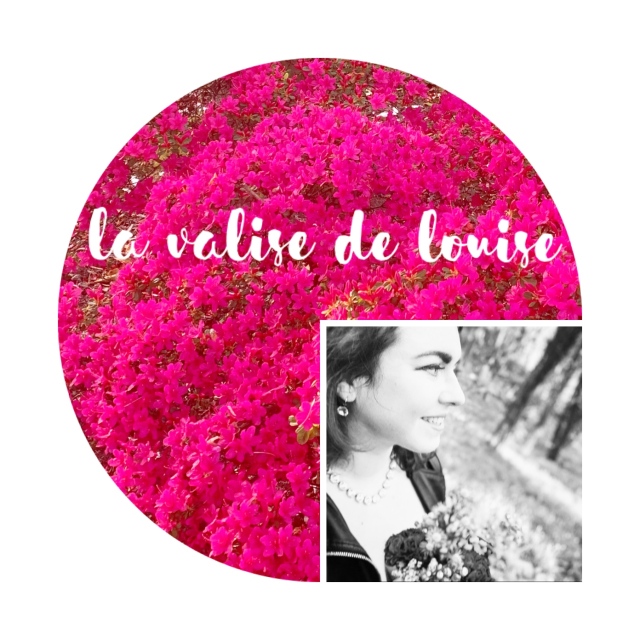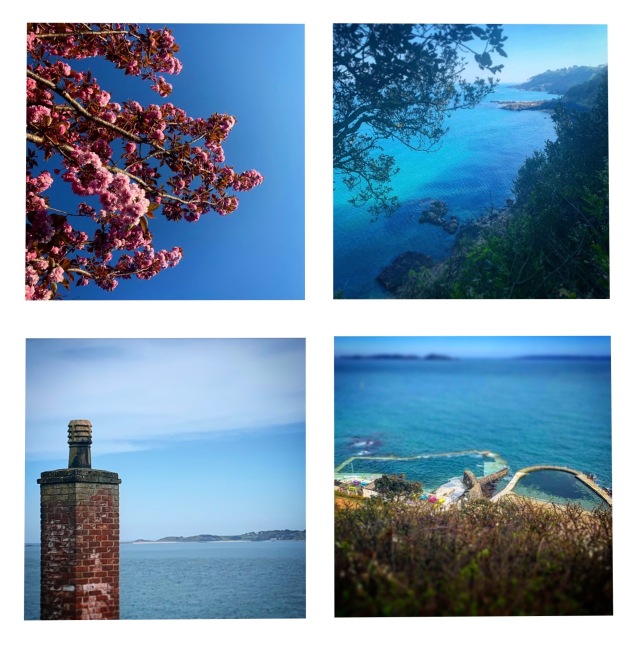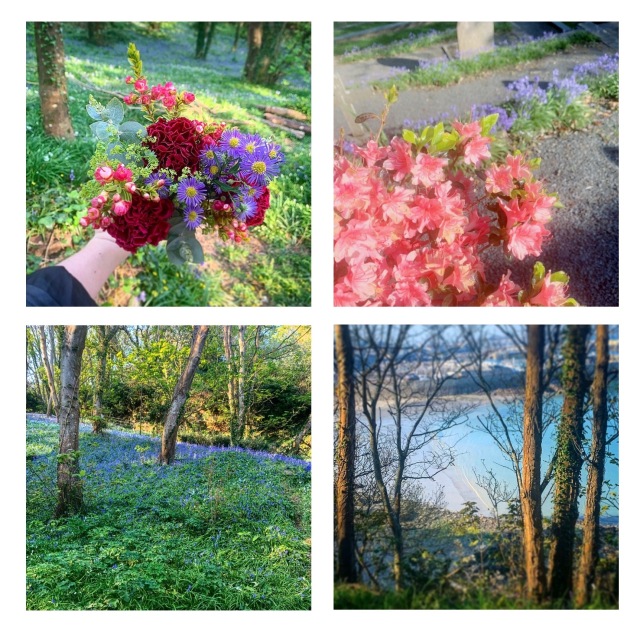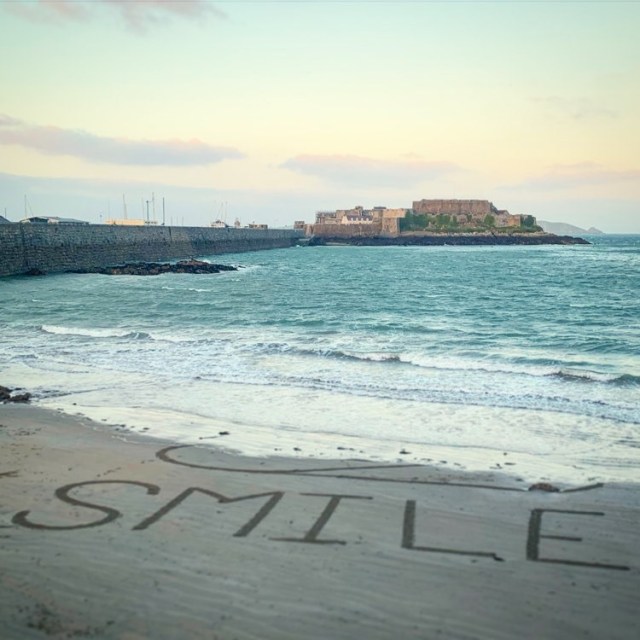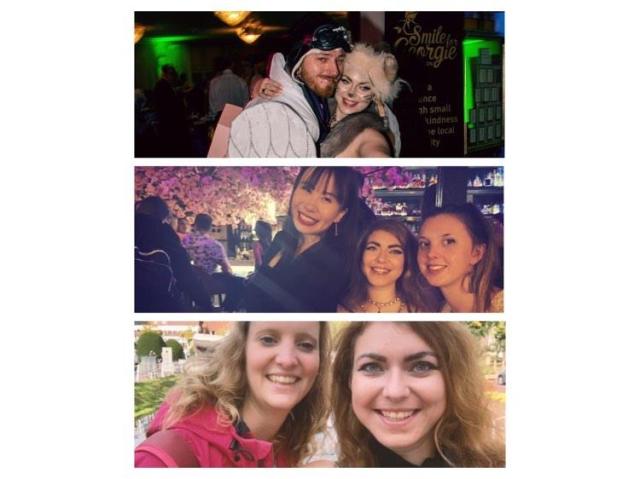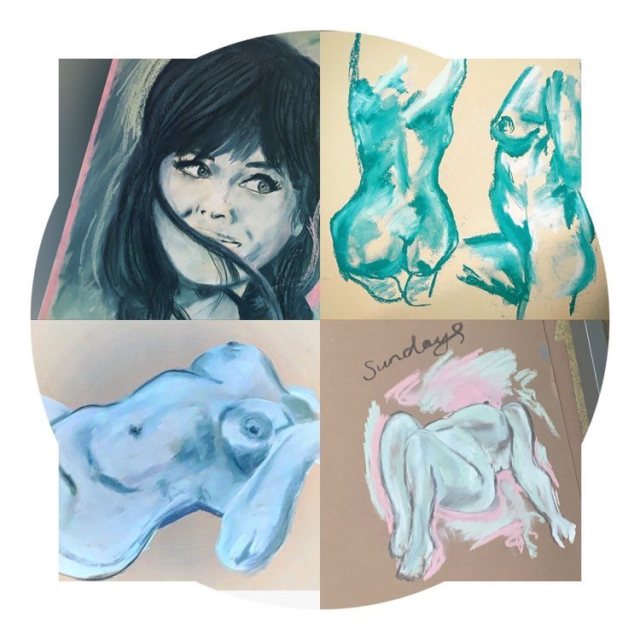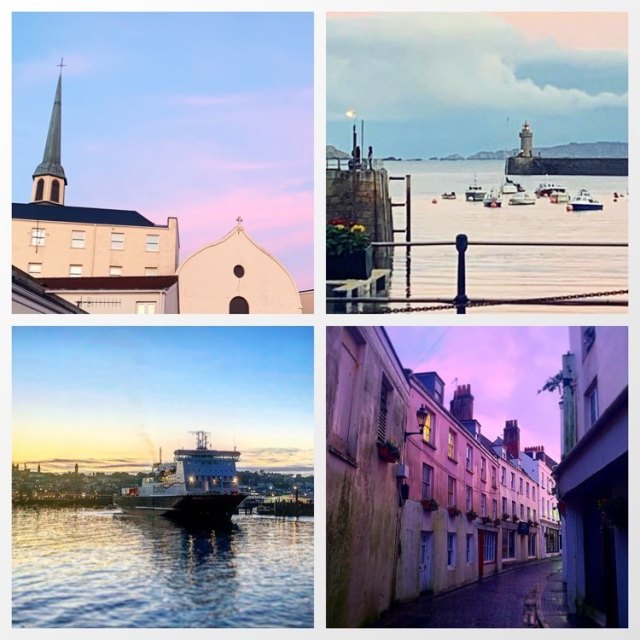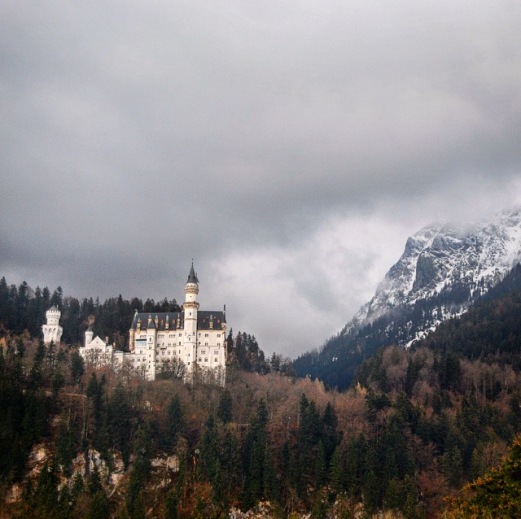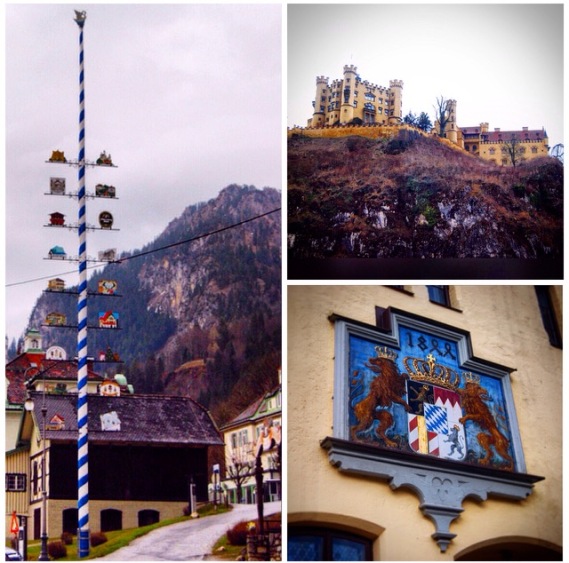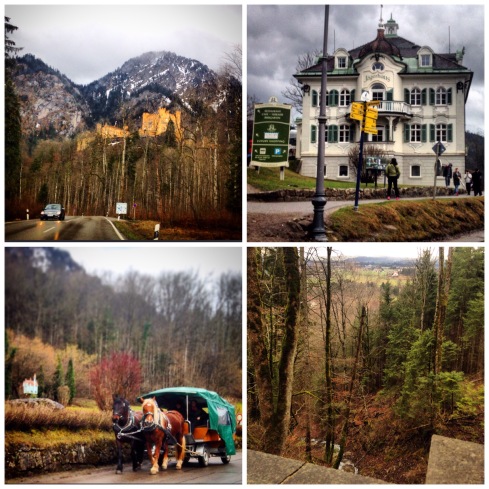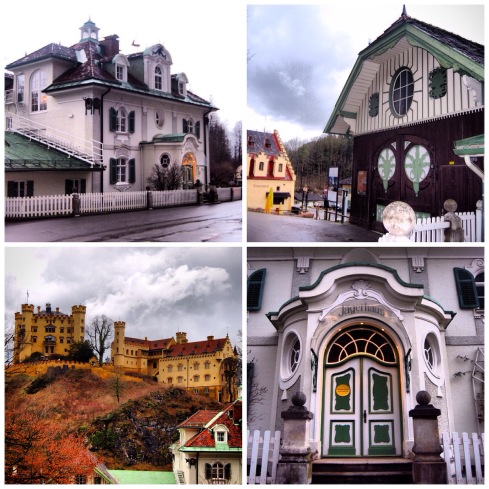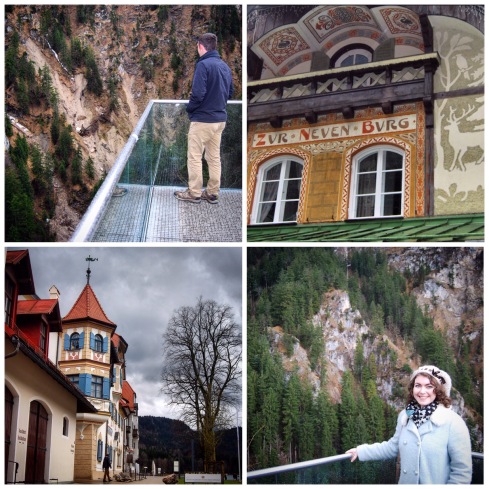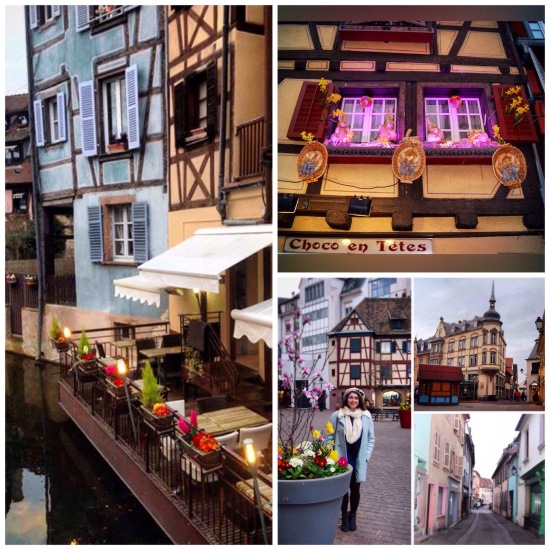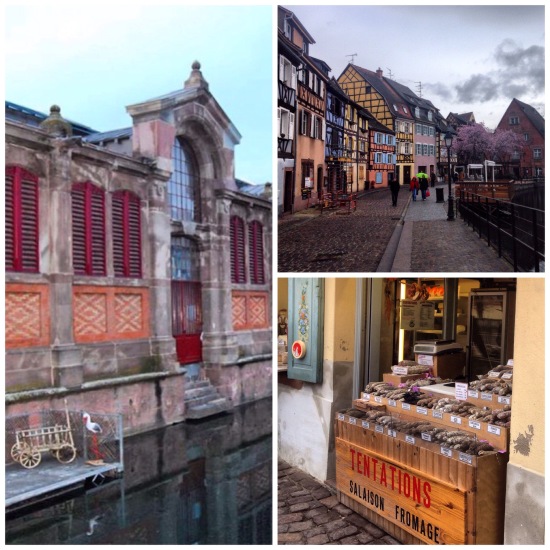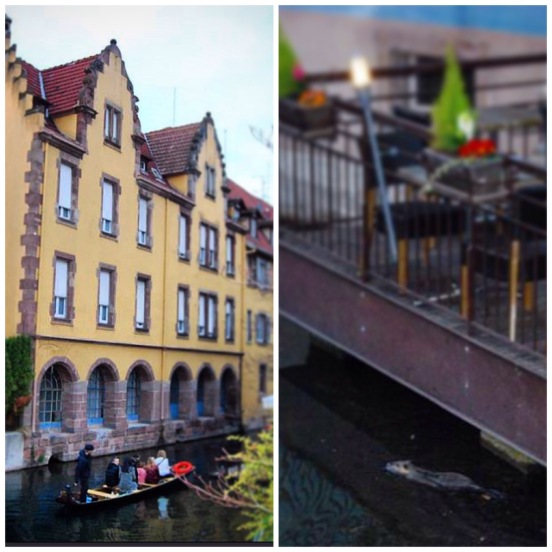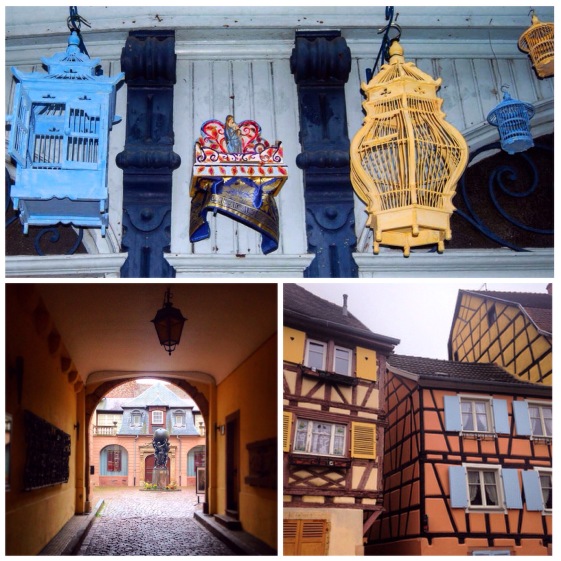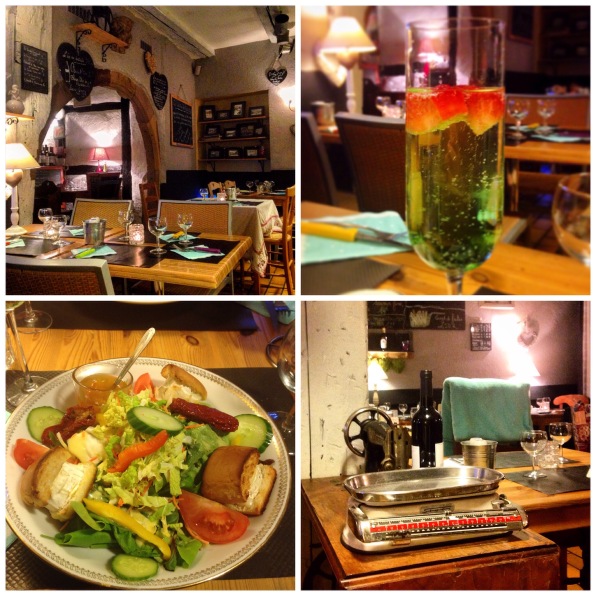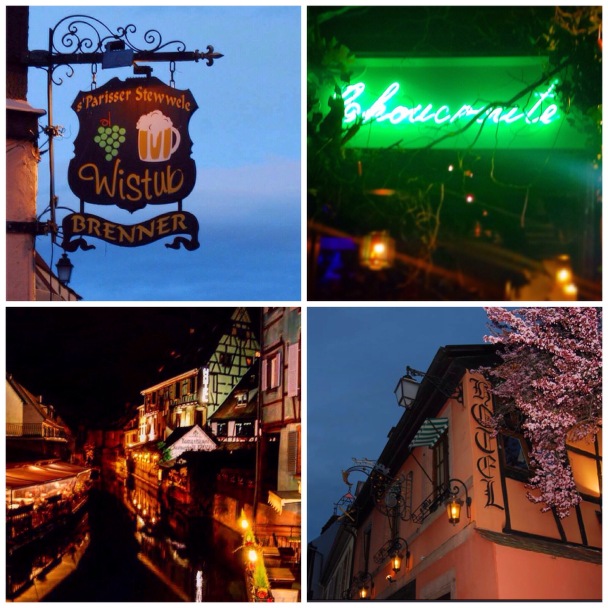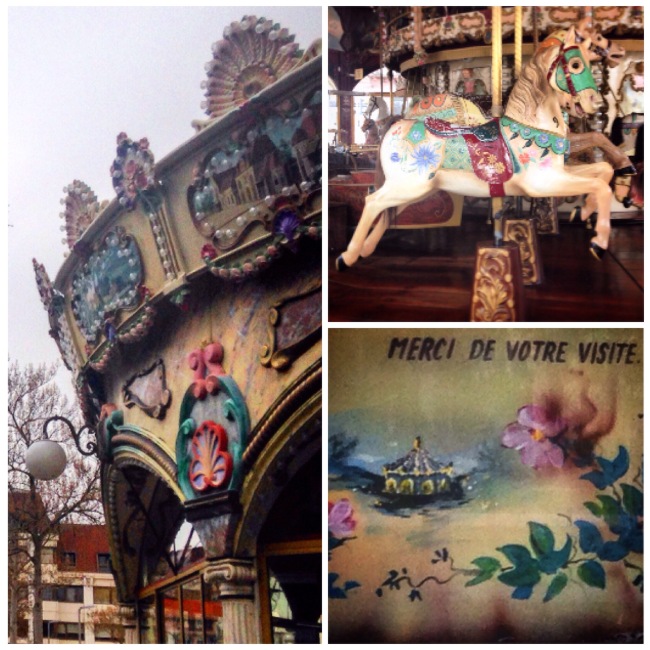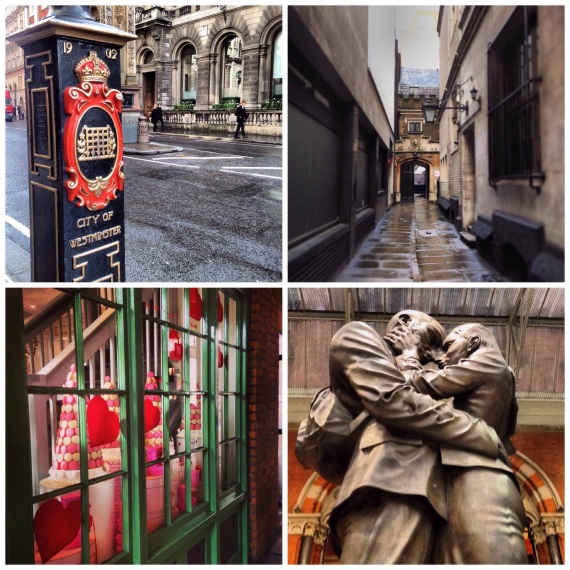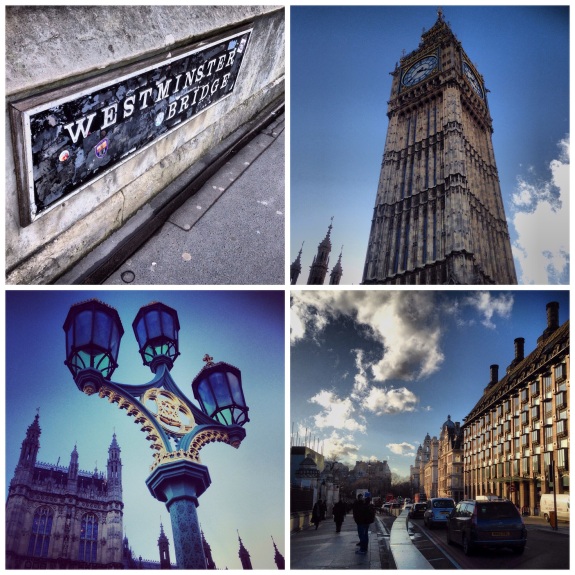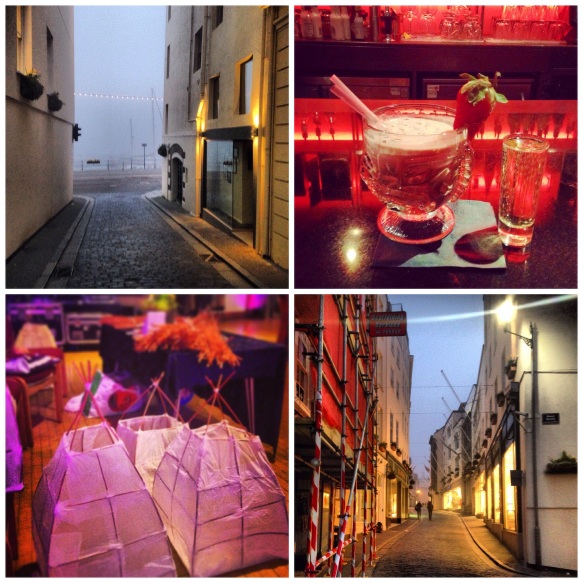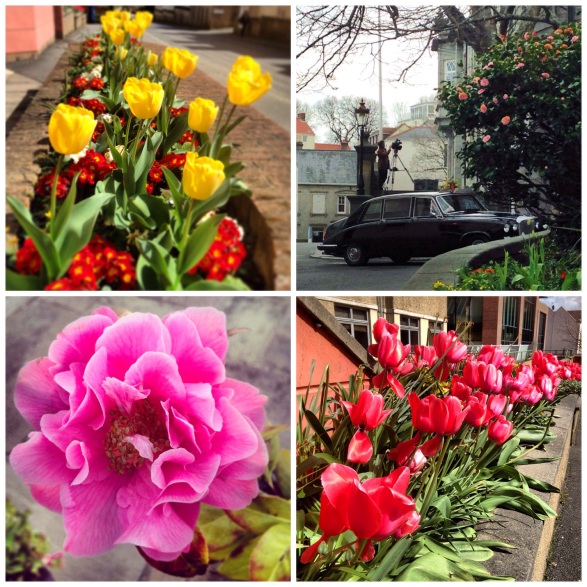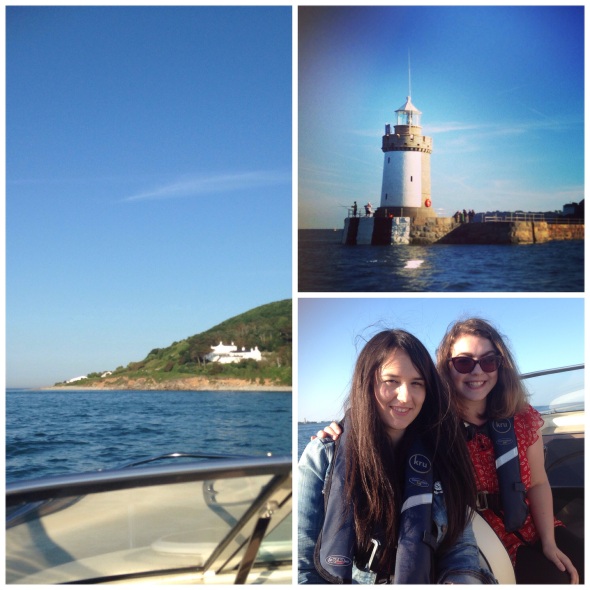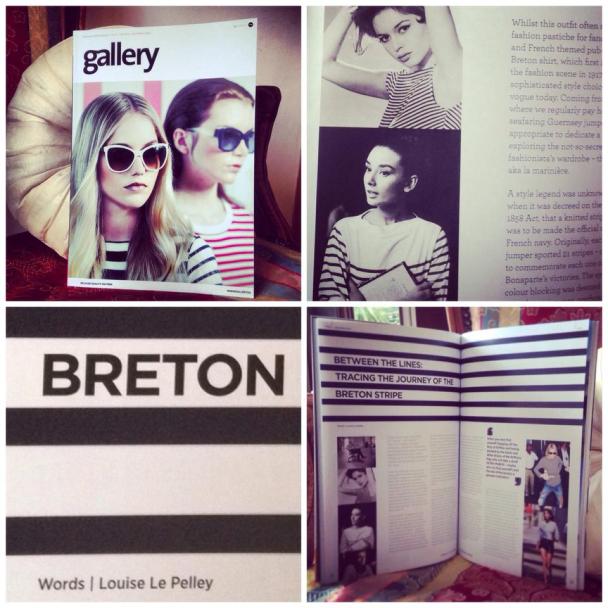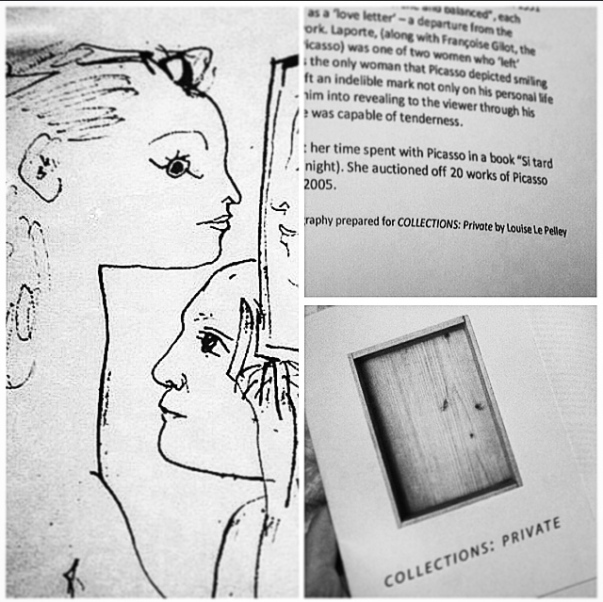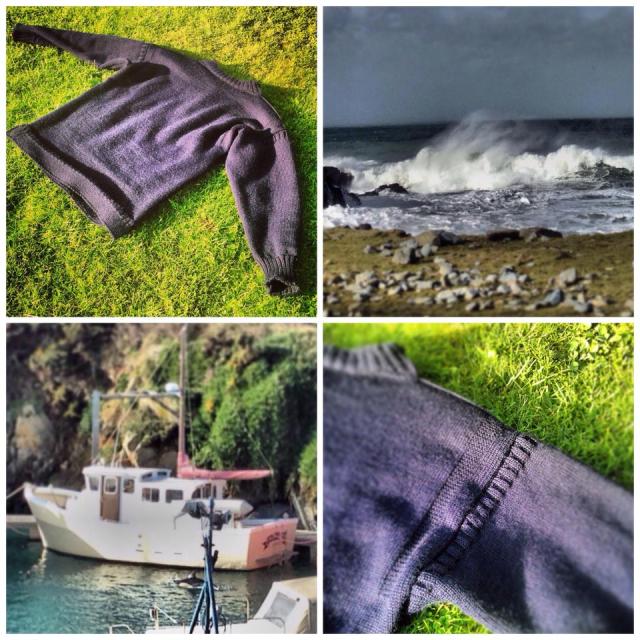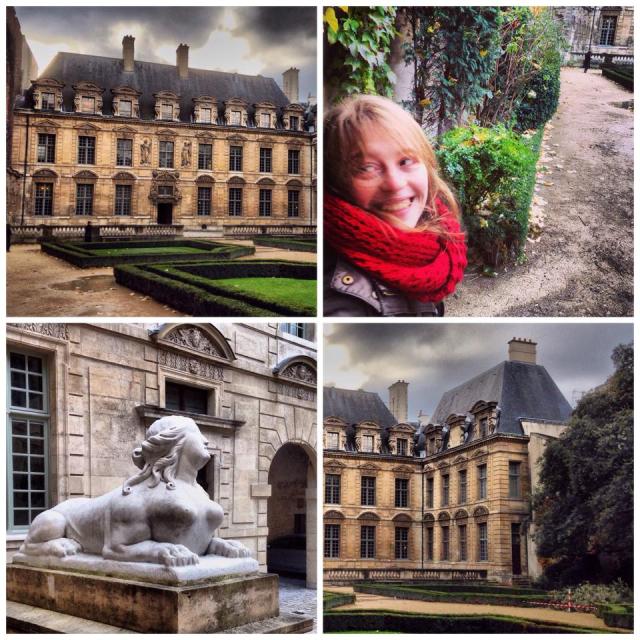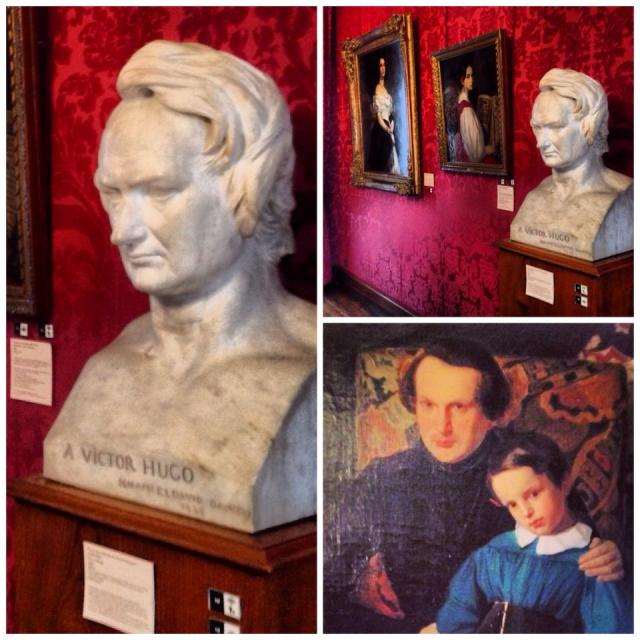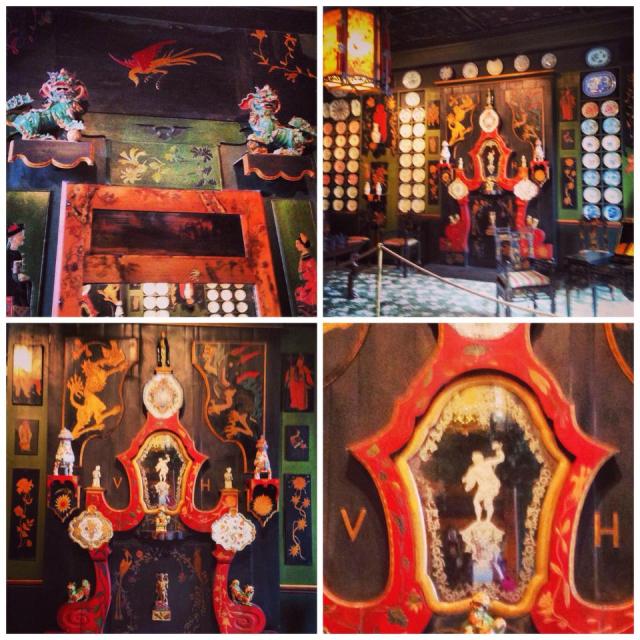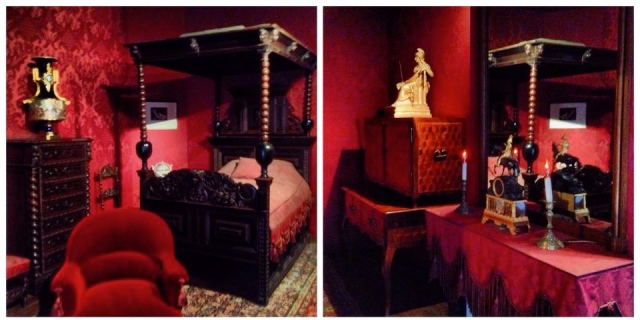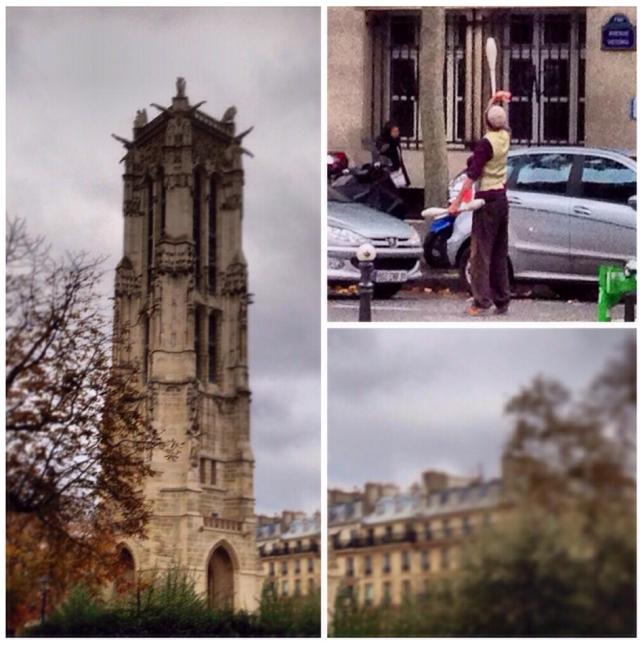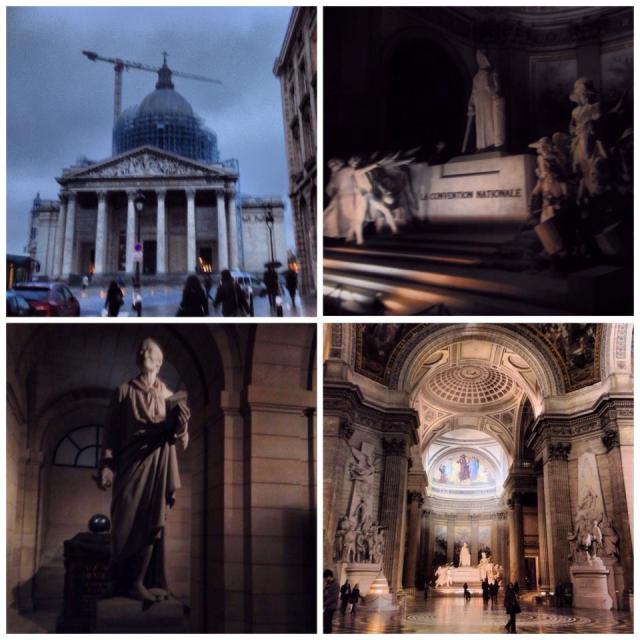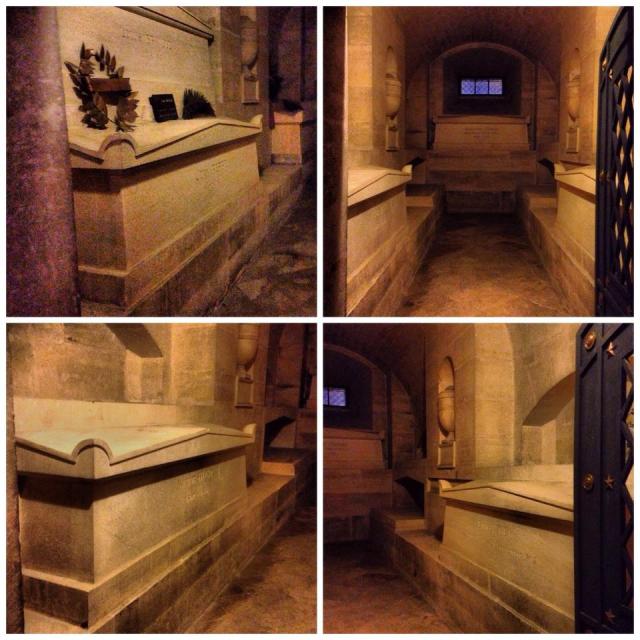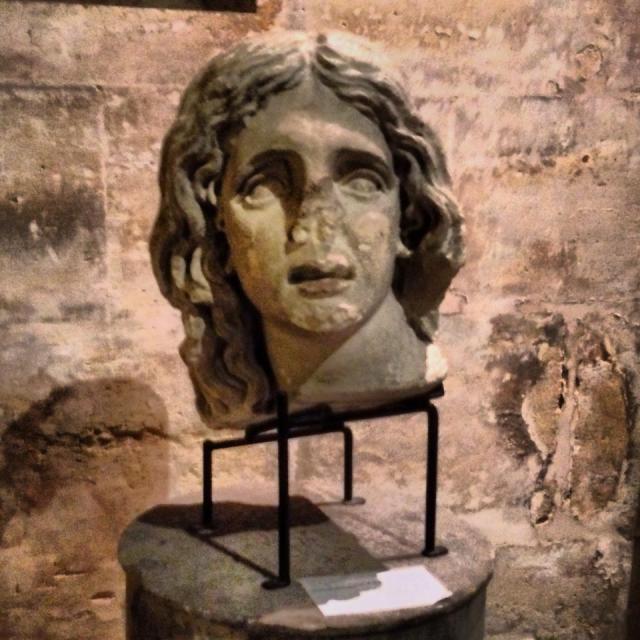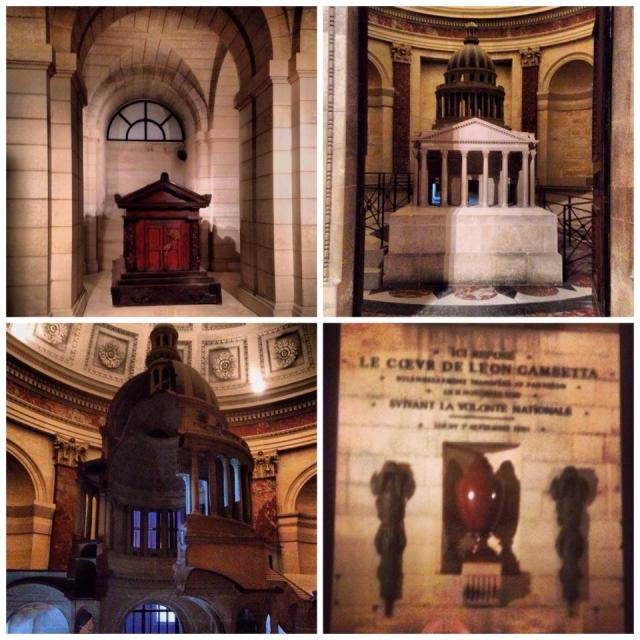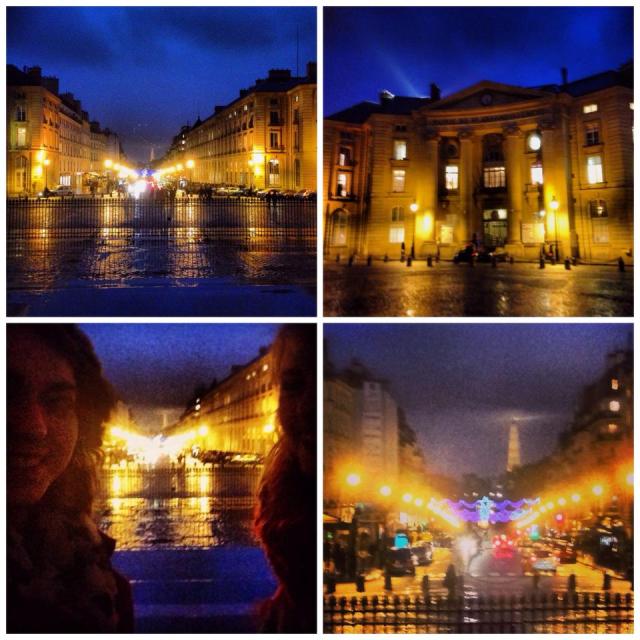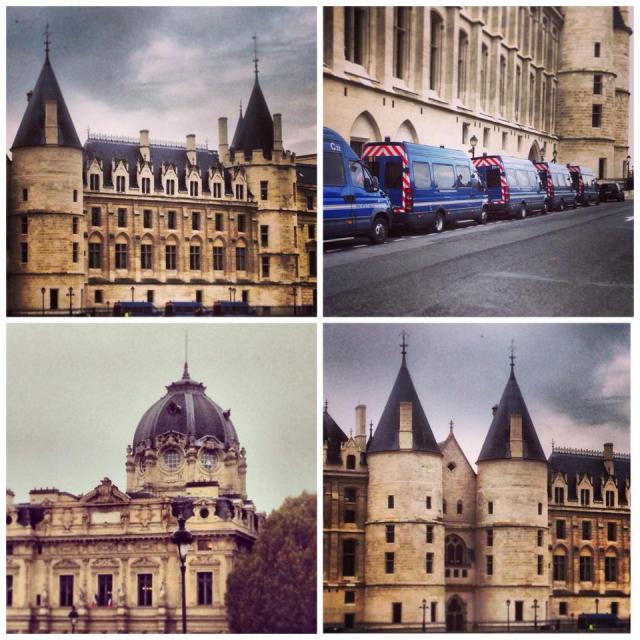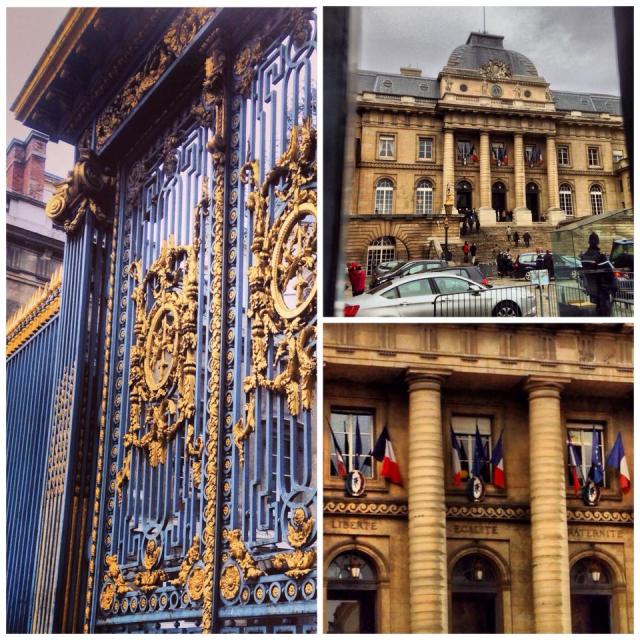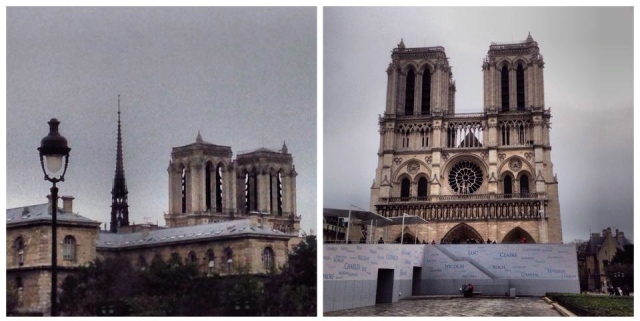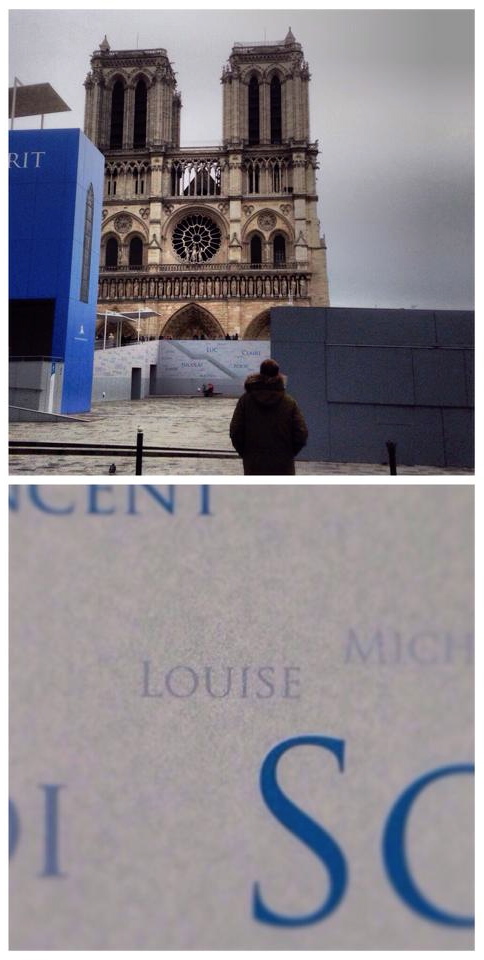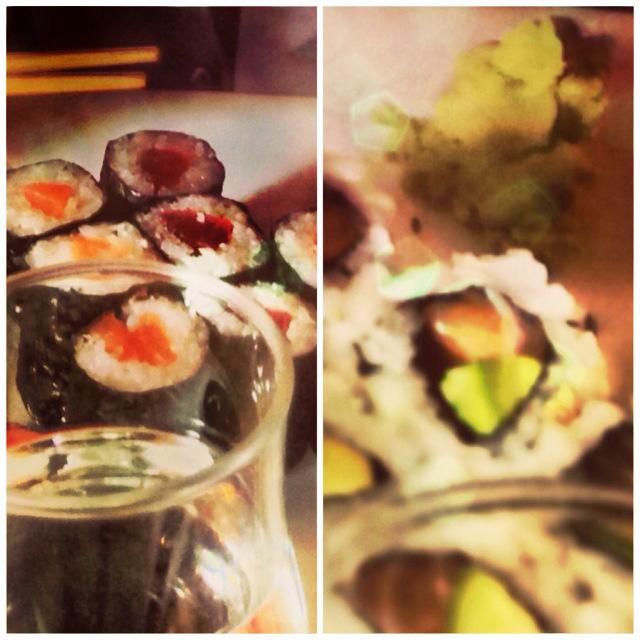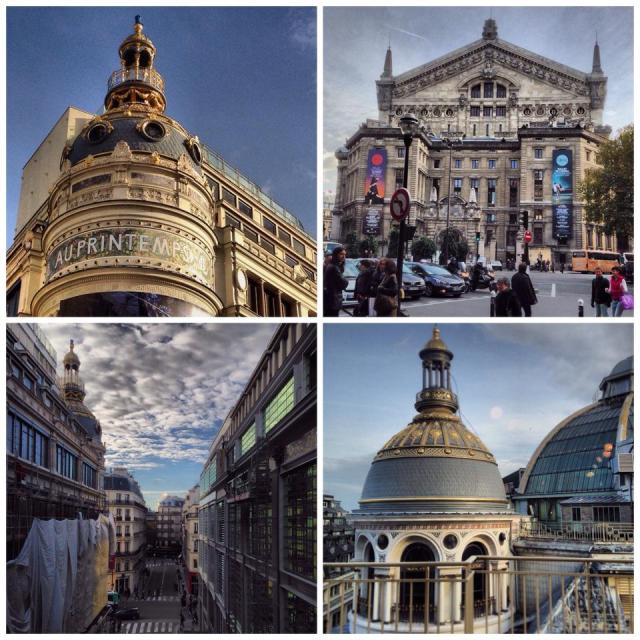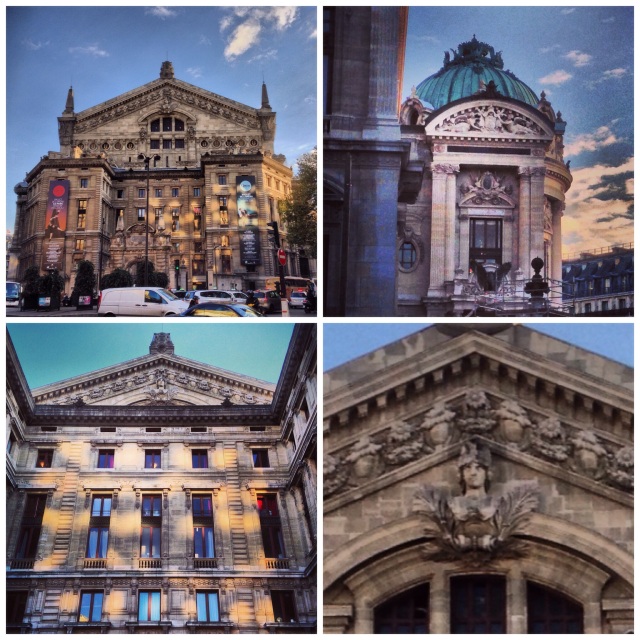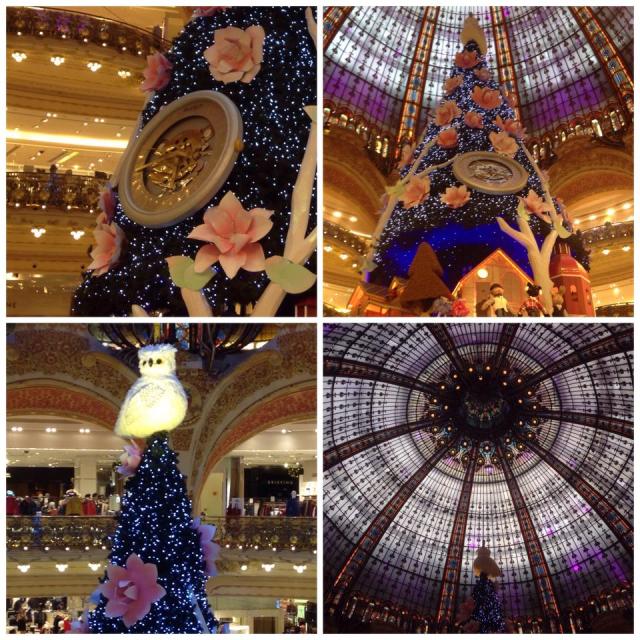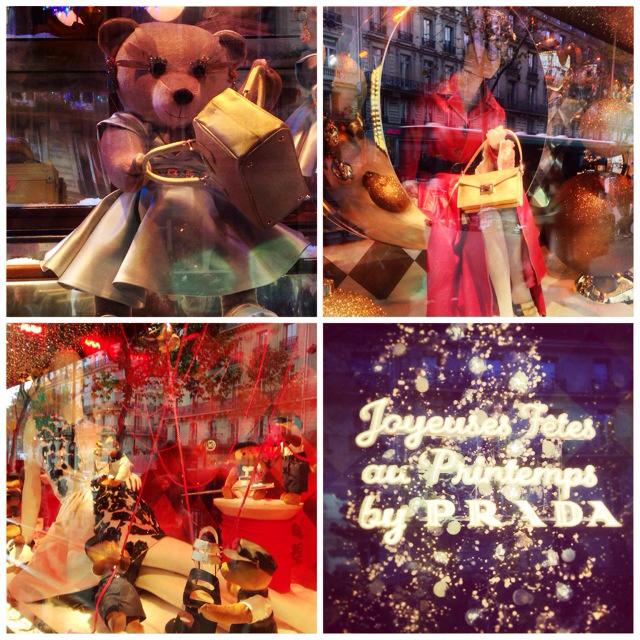For me, waking up to the panorama of a sunrise over Paris will always be a magical experience. The years go by, the seasons change and I grow older, but my excitement at seeing the Eiffel Tower basking in the sun’s rays never diminishes. On this particular morning, I was in an especially good mood, buzzing with the anticipation of spending a day at Disneyland Paris, Europe’s top tourist destination.
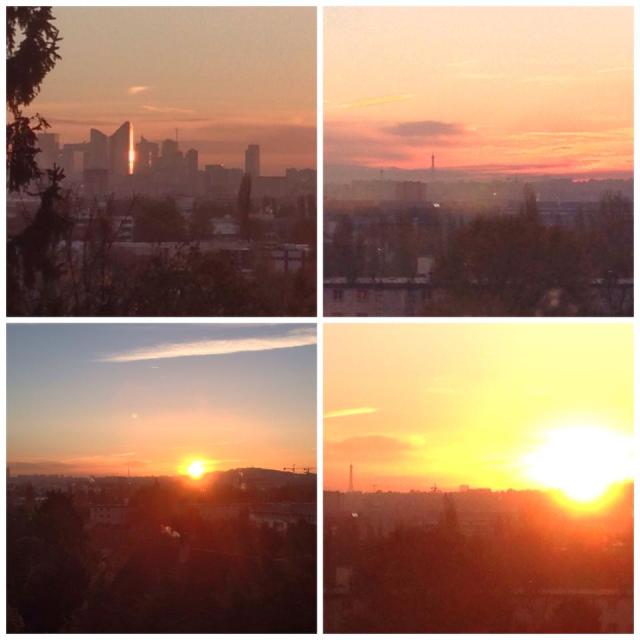
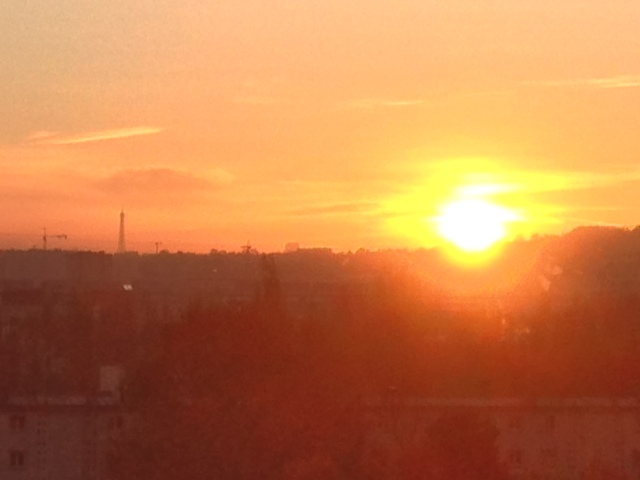
A few days previous to the glorious sunrise, my uncle Eric had contacted me over Skype asking if I’d be interested in joining him, my aunt and my cousin on a trip to Disneyland Paris. Like many people, I count myself as a lifelong fan of Disney animation and I’m also a big fan of the Disney Park in Marne-la-vallée, having been on my first ever trip to the resort in the summer of 1994 at the age of 3. On this occasion, my mum had decided to dress me from head to toe in a Minnie Mouse dress with matching ears. These garments were relics from when my parents had previously gone off gallivanting to Disney in 1992 leaving me behind with my grandparents in Normandy. Whilst I outgrew the dress a very long time ago, those Minnie Mouse ears from 1992 still fit… and have accompanied me on return visits to the park (christmas day trips in 2003, 2007 and an extended summer trip of 4 days in 2011 when the Dance World Cup took place at Disneyland Paris).

The pictures above are from 1994 and 2011 – as you can see Disneyland Paris has always been a place that evokes many happy memories for me and my family. I have always loved the fact that it is a bilingual attraction, with characters, parades, shows and rides often featuring both French and English because this reflects the way in which I was brought up – Franglais for the win!
The Disney company has several parks throughout the world, however Disneyland Paris is widely regarded as being the most beautiful in terms of layout and architecture. Many Disney films have been inspired by French fairytales, style or architecture (such as ‘Beauty and the Beast’, ‘Cinderella’, ‘Sleeping Beauty’, ‘The Aristocats’, ‘The Hunchback of Notre Dame’ and ‘Ratatouille’) and so the choice of building a Disneyland park just outside Paris makes for a romantic and whimsical French backdrop that pays a lovely homage to many Disney classics. Disneyland Paris’ excellent transport links with the rest of central Europe means that the park is most definitely a jewel in the crown of the Disney Parks family.
We took the RER from Chatou to Marne La Vallée – a journey which only took about 45 minutes. There is a lot of parking available in the Disney complex, however it is easy to commute by train (the park even has a direct link from London with Eurostar). What I was particularly looking forward to on this excursion was the fact that we were visiting Disney on an off-peak day in the middle of the working week. If you really want to maximise your chances of going on as many rides as possible with minimal queues then I would definitely advise visiting the park on a day with low attendance – luckily for us, the waiting time for most rides was a maximum of 5-10 minutes. This meant that we could truly make the most of our park hopping day tickets – the Disneyland Paris complex contains two theme parks, Disneyland Paris (est.1992) and Walt Disney Studios (est. 2001), as well as a Disney Village full of restaurants, cafés and shops, and it is possible to zip in and out of the two if you buy a two park ticket. At the height of the Christmas and summer holidays (peak attendance) it is not uncommon to queue for over an hour for some of the top rides.
Arriving at Marne-la-vallée, we made our way throught the archways of the bright pink Disneyland Hotel and entered onto Disneyland’s Main Street USA.
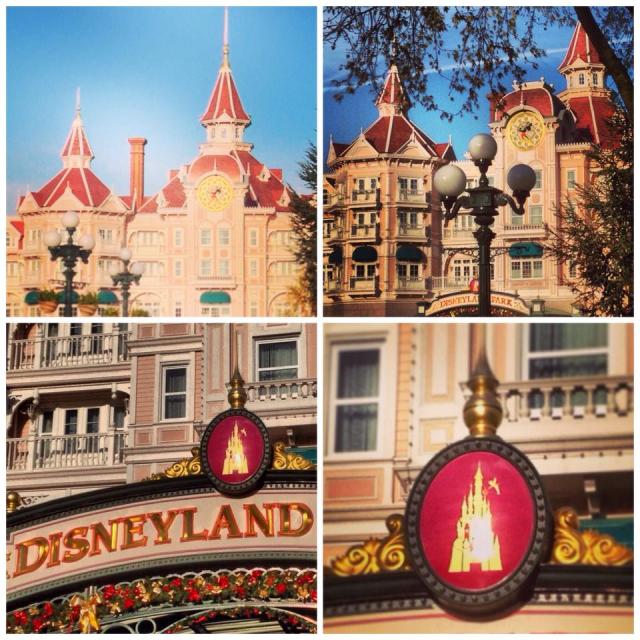
The park was beautifully decorated for the Christmas season (which runs from November-January) with trees, wreaths and flurries of artificial snow.
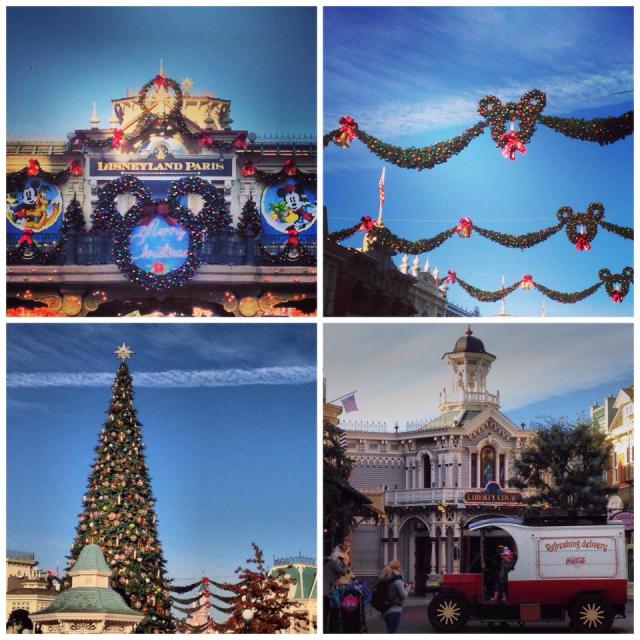
Main Street USA is a really beautiful area with wonderful 1920s style architecture. Vintage cars and horse drawn carriages are often parked near the entrance, with Disney characters available for meet and greets under the band stand. There are many different activities available within the park – some guests want big thrills, others are looking for gentler rides, some just want to absorb the atmosphere and take in the sights, whilst many guests go to Disneyland with their children in order to meet Disney characters. For many children, meeting a character is an unforgettable and magical experience. If you’re planning a trip to Disneyland Paris and are especially interested in photo or autograph opportunities with characters, then I would recommend checking a programme for character locations at the beginning of your visit so as to optimise your chances of avoiding long queues and getting to meet with as many as possible. Programmes and maps of the park can be found at the ticketing booths by the entrance or online.
Disneyland is split into different themed zones – Main Street USA, Fantasyland, Frontierland, Adventure Land and Discoveryland. My cousin Maxim’s favourite attraction is the ‘Buzz Lightyear Laser Blast’ which is based on the character of Buzz Lightyear from the Toy Story films, and so futuristic space age Discoveryland was our first port of call. ‘Buzz Lightyear Laser Blast’ is a popular fastpass attraction – and is especially popular with younger children. At certain attractions within the park, it is possible to print off a Disney fastpass which enables you to return at a certain time slot and skip the queue – it’s a ticket that can come in handy!
After zapping some aliens with laser guns, we dashed over to Star Tours – a Star Wars spacecraft simulator. For us, there was no wait for the ride – however, if you do find yourself with time to spare, you can spend a long time marvelling at the attention to detail in the queuing area. The animatronics, which include talking robots of R2D2 and C-3PO, are very impressive. The first magical moment of the day was when the little boy in front of us (wearing an oversized fluffy hat) was referred to as an Ewok by one of the castmembers operating the Star Tours attraction – this quite visibly made his day.
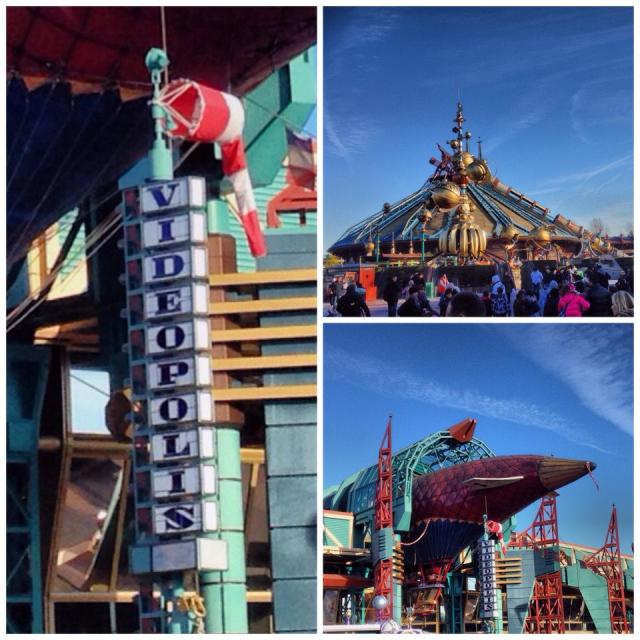
See the magical steampunk rocket launcher, pictured top right? That’s the Space Mountain Mission II attraction, an enclosed roller-coaster which draws inspiration from the works of French science fiction writer Jules Verne. After our simulated journey through space on Star Tours, my uncle suggested optimistically that I accompany him on the Space Mountain Mission II roller-coaster. Now… I’m not entirely sure whether he was expecting me to say yes, as on my previous trips to Disneyland, I had never really had the courage to go on big roller-coasters. Time was always of the essence, and I imagined that I’d queue for ages, panic at the last minute and then change my mind about going on the ride – which would end up being a waste of everyone’s time. However, as there were no queues at Space Mountain and as we had been hopping on and off rides at a fast pace, I ended up over excitedly agreeing with my uncle that going on Space Mountain Mission II was a BRILLIANT idea and before I could hesitate, I found myself strapped into a rocket and being counted down in preparation for take off… ie. being fired up a cannon. With a wicked gleam in his eye, uncle Eric had assured me just before we got on that there was no loop the loop or ‘looping’ on the ride… this was a lie. A necessary lie to get me to face my fears of being flipped upside down at speed.
As you are propelled upwards and subsequently whooshed along the inversions and loops of the track, a light show of swirling neon constellations, supernovas and vortexes come into view – making for an exciting and disorientating experience. It’s fast, it’s violent but extremely fun. I bruised my knee and had tears in my eyes from the speed at which we were going but left the ride giggling feeling giddy and happy from the adrenaline rush.
Reunited with my aunt and cousin, who had been patiently waiting with our bags, we headed onwards towards Fantasyland – this is the most magical area of the park in my opinion, as it has the gorgeous Sleeping Beauty Castle (Le Château de la Belle au Bois dormant). We stopped briefly to visit the ‘mysterious’ dragon which lurks beneath the castle in ‘La Tanière du Dragon’. As a little girl, I seriously believed that this was a real dragon – and each time I visit the park, I find it quite heartwarming to see that the 27m long mechanical dragon is still puffing smoke and terrifying little children… it ‘s a mechanical masterpiece that has not changed in the slightest since the very first time I saw it 18 years ago. Most of the children gathered around it (including a certain ten year old cousin) were marvelling at the fact that they were in the presence of a ‘genuine fire breathing dragon’.
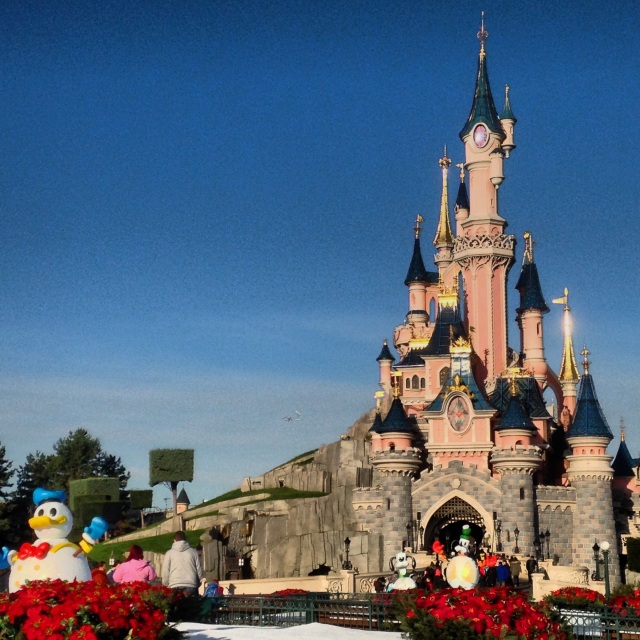
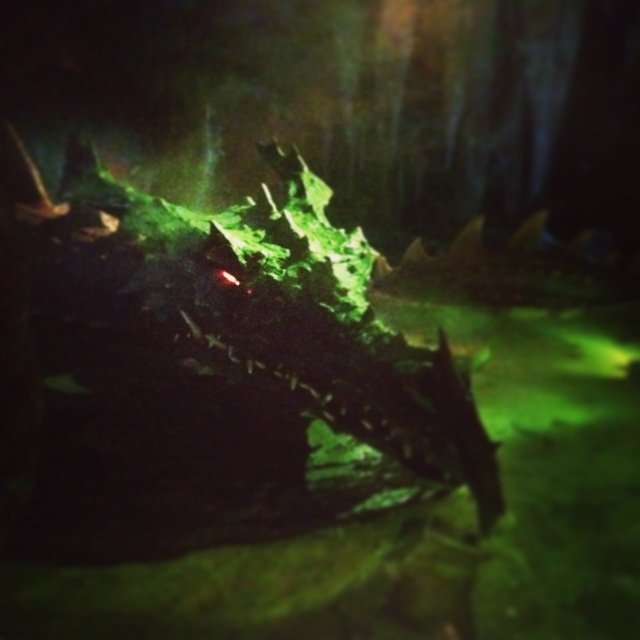
We didn’t actually stay in Fantasyland for very long, instead making a beeline for Pirates of the Caribbean in Adventureland. This ride is wonderfully atmospheric and extremely popular. As you descend into the caverns of the attraction you are hit with the smell of brine, and by the time you arrive at the loading bay of boats you could almost believe that you are actually on a caribbean lagoon underneath a starry sky. The film ‘Pirates of the Caribbean’ starring Johnny Depp as Captain Jack Sparrow is based on this ride and its counterparts in the American theme parks – you’ll enjoy spotting similarities between the ride and the film. You can even dine in the Blue Lagoon restaurant which is actually situated within the attraction itself – how’s that for an immersive dining experience?
The visual highlight of Adventureland is Captain Hook’s pirate ship, which is docked next to Skull Rock. Adventureland is not only inspired by pirates, however – it also features Moroccan architecture, with scenery inspired by ‘Aladdin’.
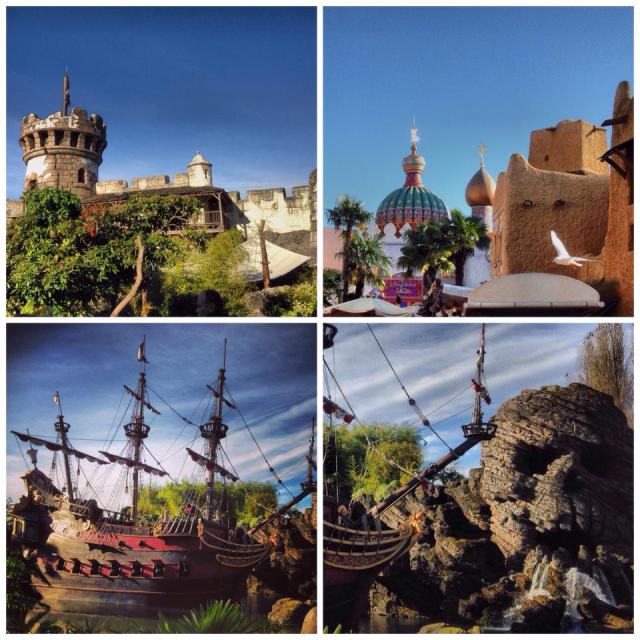
After spending some quality time with the pirates, it was time to visit cowboys and ghosts in Frontierland. This area is themed around Big Thunder Mountain and has two of my favourite attractions – the Thunder Mountain Railroad and the delightfully creepy Phantom Manor.
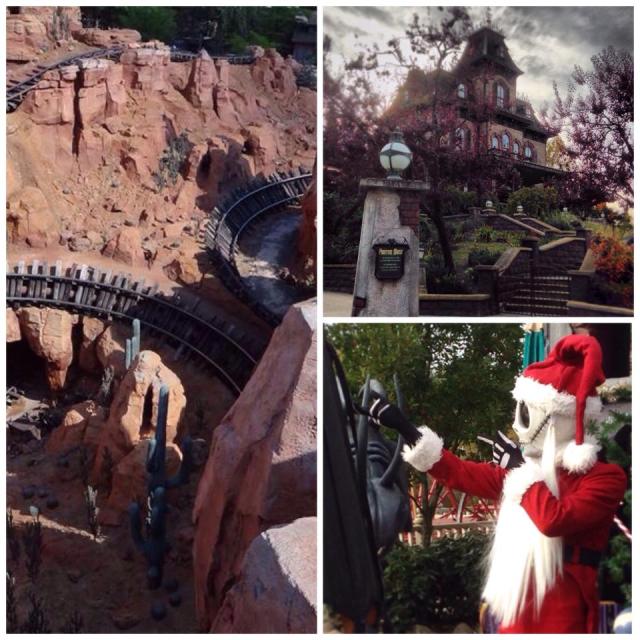
After a ride on Thunder Mountain – a runaway mine train – we were greeted theatrically by Jack Skellington from ‘The Nightmare before Christmas’ – this was exciting for me as this was a character that I had never seen at Disneyland Paris before. He was waiting outside Phantom Manor and accompanied by Sally the rag doll. Phantom Manor is a slow moving dark ride which features stretching rooms, ‘doombuggies’, holograms, ghostly brides and many visual references to Vincent Price and Edgar Allan Poe. It’s a beautifully designed attraction – towards the end, see if you can spot the ghostly skeleton which appears above your reflection in the mirrors. After a brief skirmish with Cruella Deville….
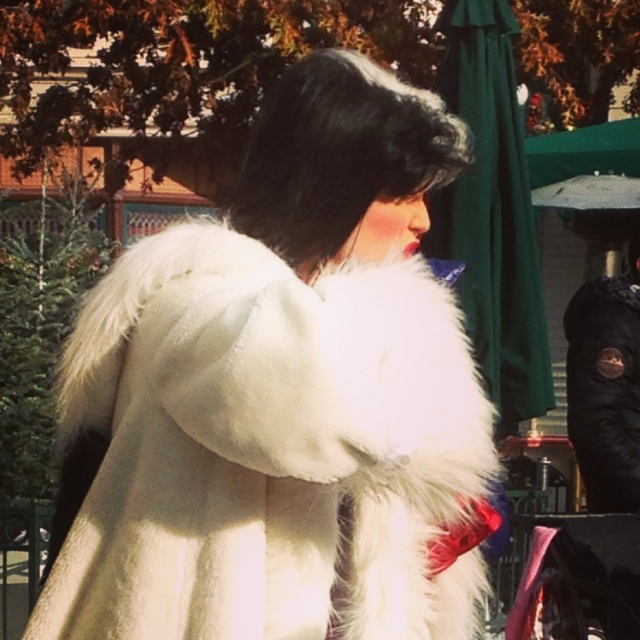
… we took a break from the park, heading into Disney Village for food. The restaurants in Disney Village are great value for money – we went to Planet Hollywood (pictured slightly blurred below). Planet Hollywood is known for paying homage to films throughout the ages and of course as we were in Disneyland the restaurant had to have a Disney twist. After lunch, we carried on the Hollywood theme by going to Marne-La-Vallée’s second park, Walt Disney Studios – the first stop being a ride that I was anticipating and dreading in equal amounts – The Hollywood Hotel Tower of Terror (La Tour de la Terreur – Un Saut dans la Quatrième Dimension) – the lift which takes you into the ‘fourth dimension’.
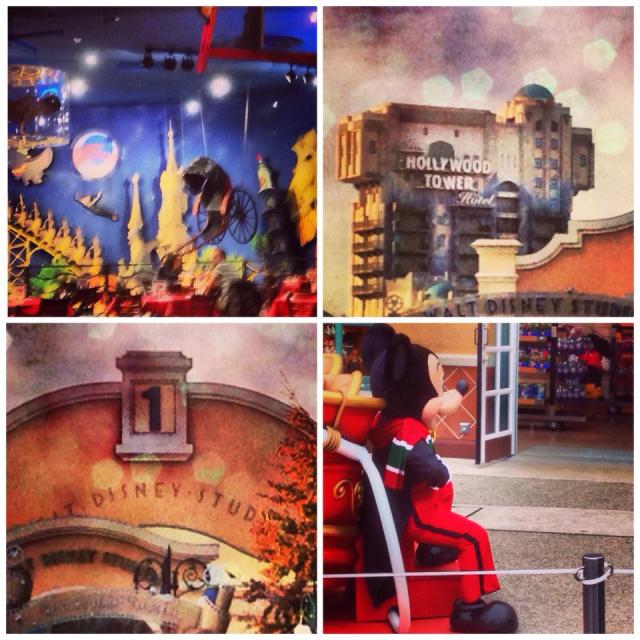
My aunt didn’t fancy joining in on the jaunt to the fourth dimension ie. a terrifying series of drops. This ride is one of the most popular rides out of the two parks in Marne-La-Vallée – although Disneyland is much prettier in comparison to Walt Disney Studios, the Studios has the most thrilling set of rides – the Tower of Terror was exhilaratingly fun. Bellhops in costume greet you in character as you enter the building (I got a bow, a flourish of a cape and a kiss on the hand). Later in the afternoon, I even got whirled and twirled around by one particularly goofy bellhop who we happened to bump into on the way to Crush’s Coaster.
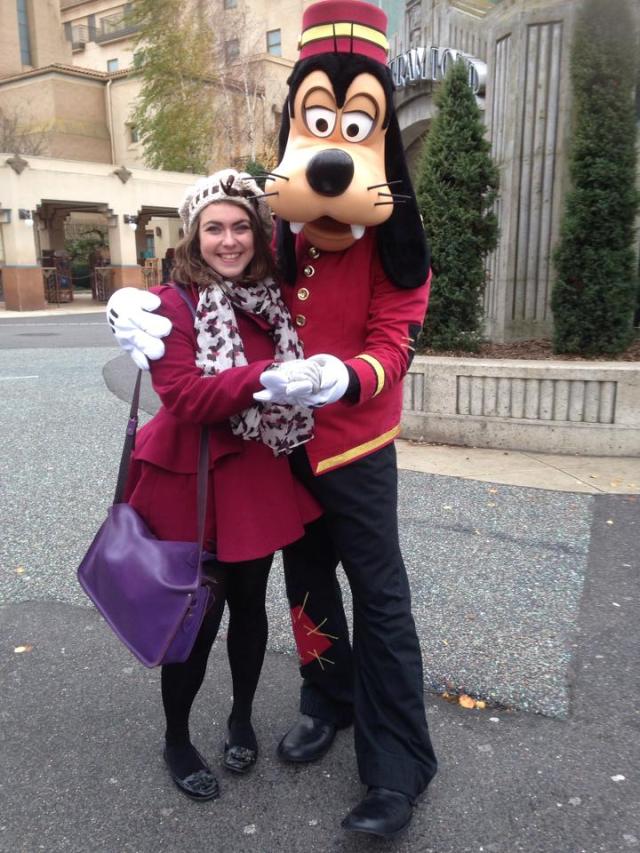
Who said that character interactions were purely for the children…?
Walt Disney Studios has a lot of different shows – in 2011 I’d previously seen Animagique, Cinémagique, Stich Live!, the Studio Tram Tour and Moteurs…Action Stunt Show Spectacular. As it began to rain, we quickly dashed to the backlot to catch an afternoon showing of the cars stunt show – there’s a lot of fire, smashing of glass and bike/car chases. The show lasted for about 45 minutes – afterwards it was time for Uncle Eric to persuade me to go on yet another death-defying ride – the Aerosmith Rock ‘n’ Roller Coaster. THIS IS A FAST RIDE – in fact it is the fastest at Disneyland Paris and ‘goes from 0 to 60mph in 2.8 seconds’. There are loops, there are lights; in short, it’s pretty brilliant. Again, by the end I had tears in my eyes but I thoroughly enjoyed the experience and would highly recommend going on the ride if you like strong sensations (…. and Aerosmith, of course).
After Aerosmith, my aunt and cousin joined us on Crush’s Coaster – this is a spinning indoor roller coaster based on ‘Finding Nemo’. This ride actually had the longest wait time of any of the rides that we’d been on during the day – if you really want to go on this one then I would advise going on it as soon as the park opens in the morning in order to avoid the queues. Although this ride did not have any loops, it was rougher than I expected – hold onto your belongings tightly on this one! At the beginning, I couldn’t sit back and relax as we were dragged backwards up a high vertical slope and I was worried that my satchel was going to fall out of the turtle shell – let that be a valuable lesson to me! The lighting and visuals on the ride were beautiful and really did justice to the film – I especially enjoyed the glowing jellyfish that were suspended in midair over the track.
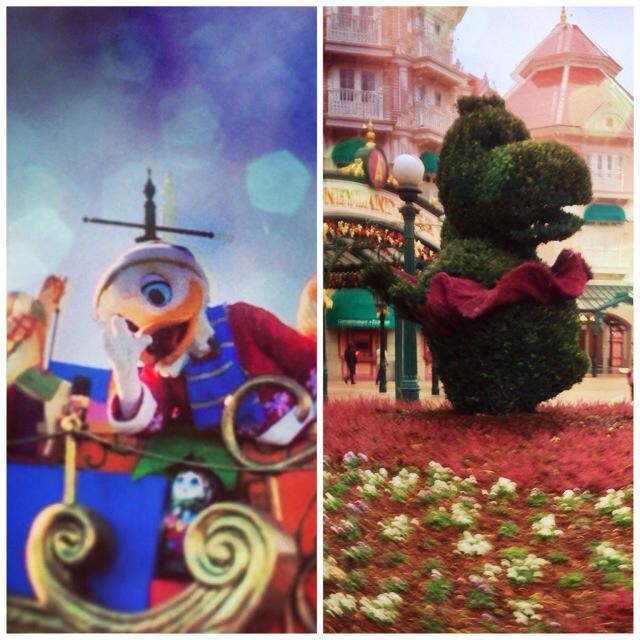
Passing by topiary hippos from Fantasia, we headed once more into Disneyland for a repeat ride on Buzz Lightyear and to watch the evening parade.
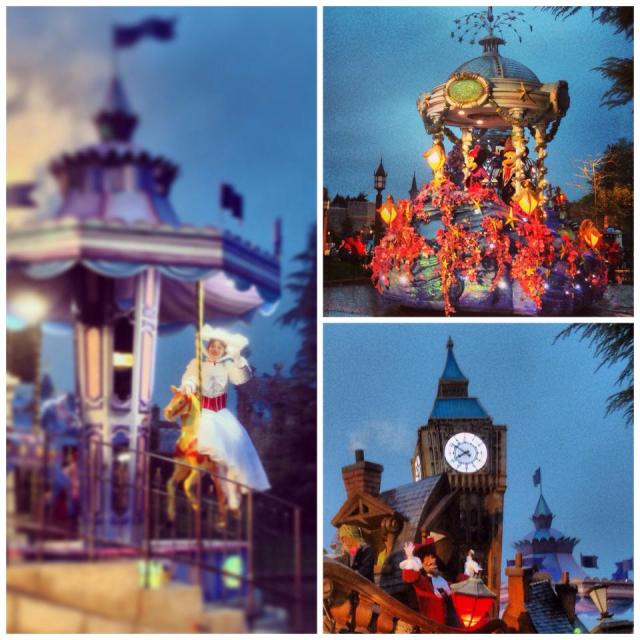
The rain was really starting to lash down by this point – not that you’d have been able to tell that it was raining from the characters’ enthusiasm. After a trip around the shops, my uncle, aunt and cousin left as my cousin had school the next day, leaving me alone to wait in the shops until Disney’s Christmas Wishes and the big finale of the day – Disney Dreams Christmas. The shops were packed with people waiting for the shows… and it seemed as if every small child was deliberately going out of their way to touch the hundreds of glass baubles on display. Every so often you’d hear the tinkling of glass smashing followed by a parent’s gasp of horror.
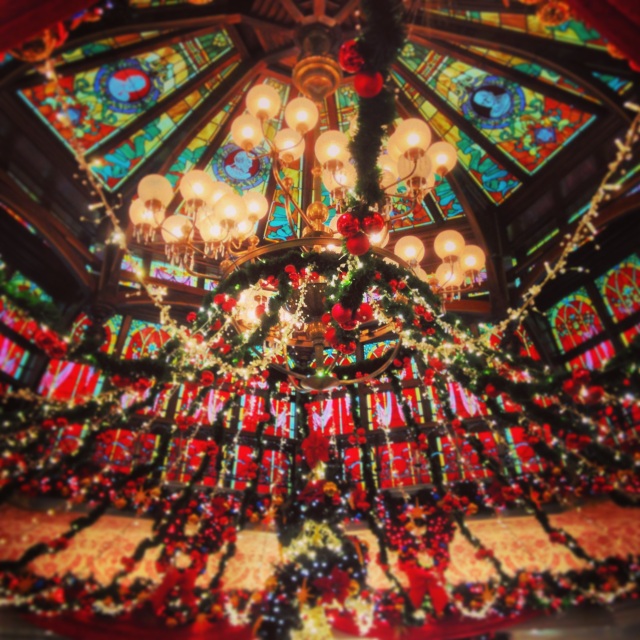

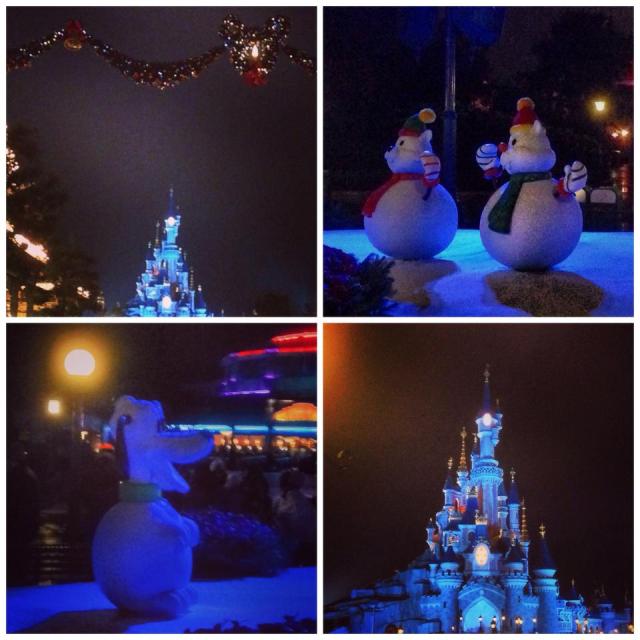
I was starting to feel the icy rain by this point but I’d heard so much about the ‘Disney Dreams’ light and water show, where images are projected onto the castle to spectacular effect, that I didn’t want to miss it. If you get a chance to see ‘Disney Dreams’ then do so – this may sound cliché but it’s entrancing – probably the closest that you’ll ever get to bathing in pixie-dust (…I went there). I watched the Christmas version which featured scenes from ‘Bambi’, ‘Toy Story’, ‘Fantasia’ and ‘Frozen’ – hearing Idina Menzel’s rendition of ‘Let it go’ from ‘Frozen’ as fireworks were shot off from the Castle was incredibly moving.
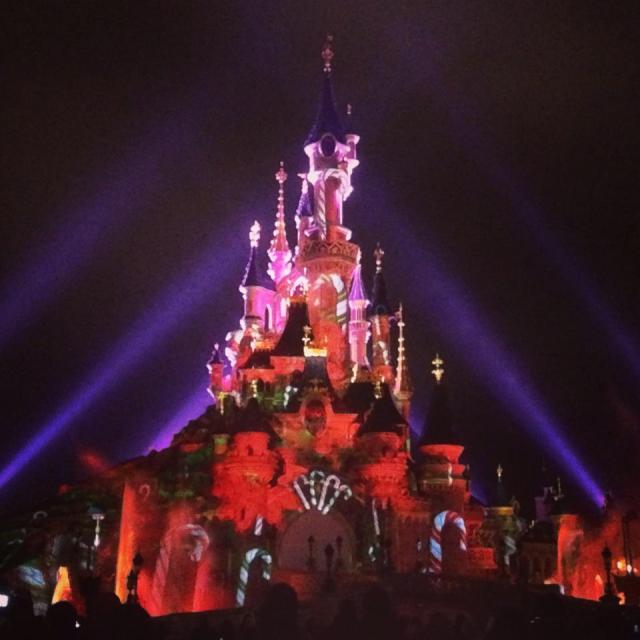
Completely soaked to the bone and shivering, I left at the end of the show as the park was closing, ran to the RER station and managed to get a hot chocolate just before the station shops closed down. I then hopped onto the RER and managed to find a seat before the rest of the disney crowds packed the train compartments. Mission accomplished, I settled down with my hairbrush (plucked magically from the satchel of wonders to the bewilderment of the men sat next to me) to try and make myself look less like a bedraggled swamp monster. I stopped off in Vincennes to dry off and be fed pasta and drink Monaco’s (thanks go to G) before being accompanied part of the way back to Florence’s apartment at about 11pm.
All in all, I had another wonderful Disney experience – with several pictures to add to my memories! Thanks go to my Uncle, Aunt and Cousin for taking me to Disneyland Paris – hopefully it won’t be too long before my next visit to a Disney Park!
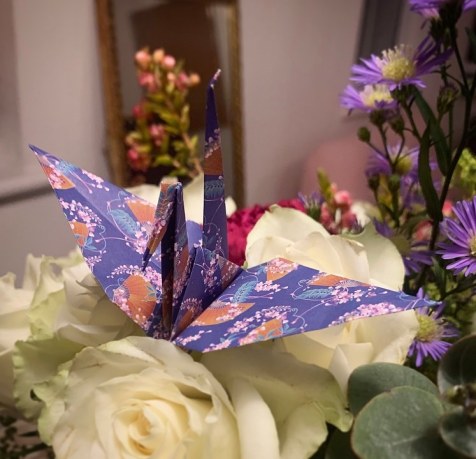

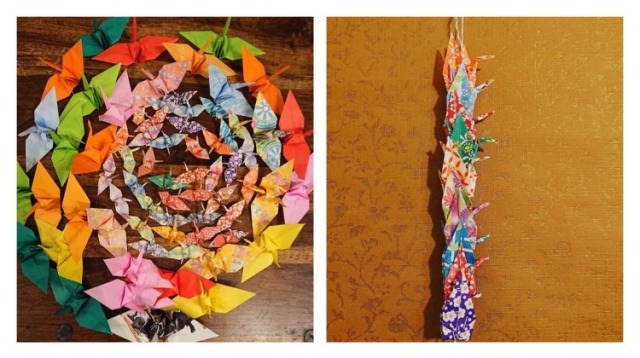
 Cranes can come in all colours and sizes
Cranes can come in all colours and sizes 